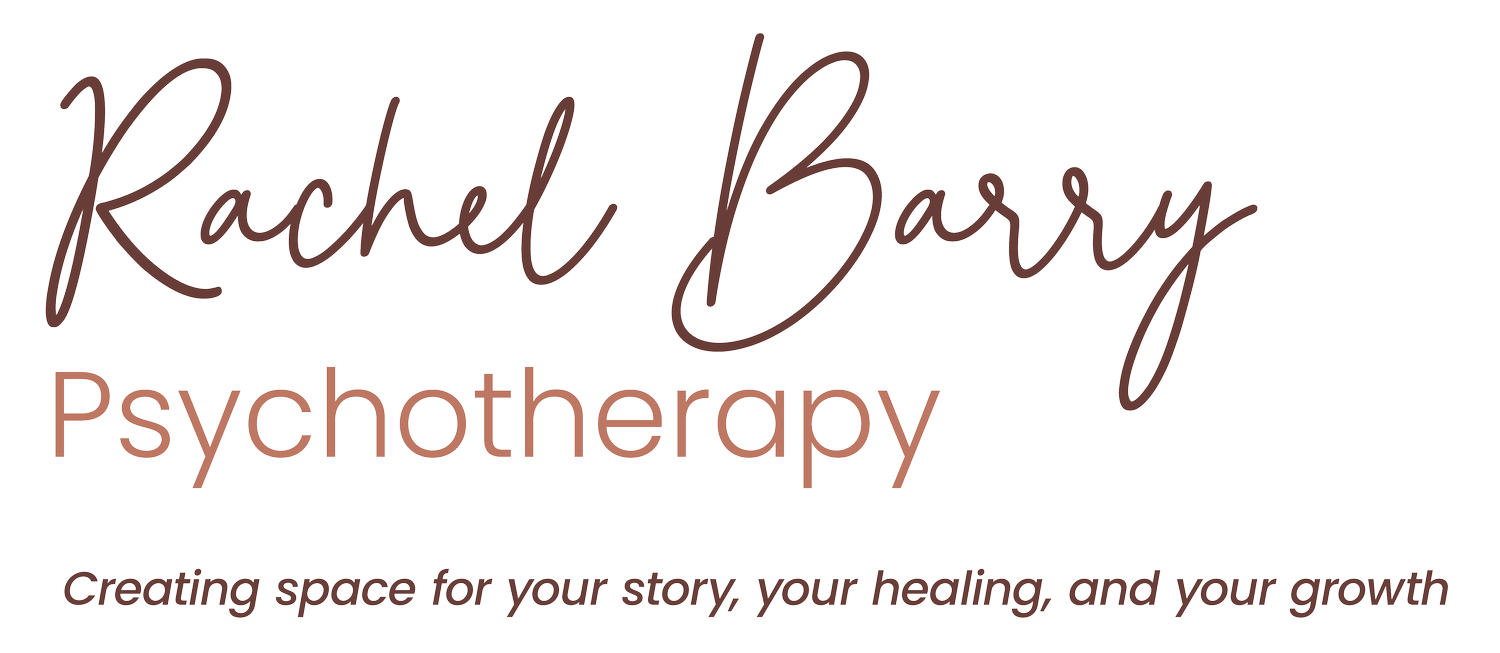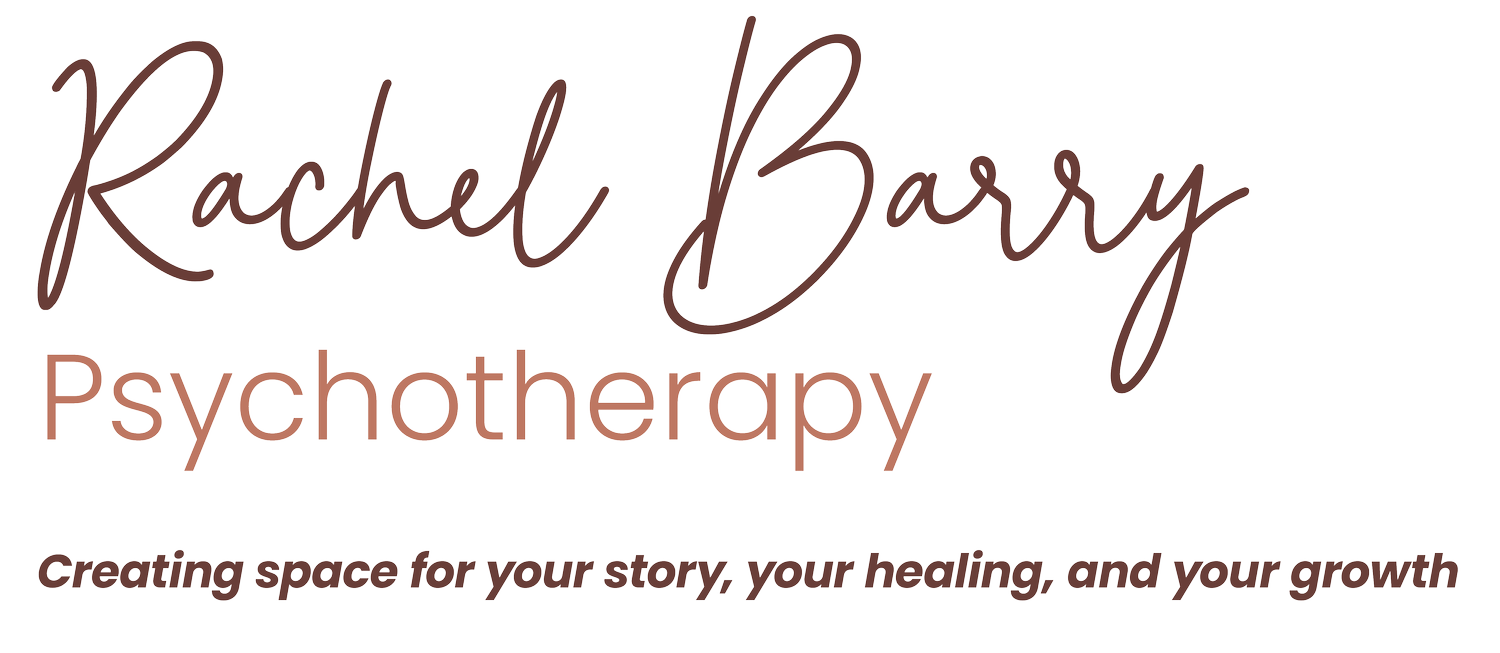Marie Kondo, a True Teacher of Mindfulness
The Season of Bottles, Laundry, and Too Much Stuff
Like so many others in January of 2019, I latched onto the Marie Kondo home organization trend—and in many ways, never looked back. Her Netflix series Tidying Up with Marie Kondo premiered at the perfect time for me: I was home with my four-month-old baby, surrounded by bottles, baby gear, and mountains of laundry. My husband and I were beginning to drown in our tiny, hundred-year-old bungalow. We had wanted our home to feel quaint and charming, but it was quickly becoming an obstacle course of stuff. I can only imagine what it would be like now, six years later, had we not embraced the Marie Kondo method back then.
The Simple Genius of “Spark Joy”
If you're interested in getting your home—and your life—in order, I highly recommend Marie Kondo’s books, The Life-Changing Magic of Tidying Up and Spark Joy. Like her minimalist aesthetic, her writing is simple, practical, and easy to implement. She teaches a category-based approach to decluttering, guiding readers to let go of items that no longer serve a purpose—or, more profoundly, no longer “spark joy.” This method is not only practical but also psychologically intuitive: organizing by category is easier for the brain to process and allows for a greater sense of accomplishment. The end goal is a home where every corner, every drawer, and every shelf reflects intentionality—and, perhaps, a lighter internal state as well.
More Than Just Stuff: A Practice in Intuition and Intention
Honing the skill of identifying what “sparks joy” is neither a small nor superficial task—and it’s certainly not just about stuff. In fact, it’s a powerful exercise in developing intuition and learning to trust your gut instincts across all areas of life. The Marie Kondo method becomes a mirror: a way of facing yourself honestly and clarifying who you are and where you feel called. It’s spiritual. It’s mindful. It’s a practice in being intentional with your time, your space, and your energy.
The Hidden Cost of Holding On
For me, implementing the Marie Kondo method was never just a passing trend—it was truly life-changing. To this day, I’m grateful for her teachings. I’ve often joked that if it weren’t for Marie Kondo and her “KonMari Method,” I might have become a full-blown hoarder. And honestly, I think hoarding is more common than we realize. It likely exists on a spectrum, not always presenting in extreme forms. Subtle hoarding tendencies can go unnoticed—especially if they’re confined to certain categories, masked by a large house, or framed as “storage.”
I believe our default as human beings is to hold onto things—driven by subtle, often irrational fears of what might happen if we let them go. But the more mindful path asks us to face our belongings—and ourselves—with honesty. It invites us to release what no longer serves us, so we can move forward with greater freedom and grace. In this way, letting go becomes a higher-order lifestyle—an intentional choice rather than the automatic default.
What I See in My Therapy Practice
In my clinical practice, I’ve worked with many individuals who struggle with hoarding—though it’s rarely their presenting issue. For some, the accumulation was so significant that they couldn’t move freely through their homes or even imagine inviting someone over for dinner. For others, it was more subtle: cluttered drawers, hidden corners, sentimental trinkets—items quietly draining energy and adding subconscious stress.
In both types of cases, I’ve found it helpful to explore the fears that live beneath the urge to hold on. Often, it’s not about the object itself, but the belief attached to it. Below are some of the irrational thoughts I’ve heard from clients—and, admittedly, from my own inner dialogue. Most of these thoughts operate beneath the surface, disguised as the quiet little voice behind “whatever, I’ll just keep it.”
🧠 A Mini Mindset Check
Which of these thoughts have whispered to you while decluttering?
(Take a breath, slow down, and check off any that feel familiar—no judgment here.)
The Irrational (and Surprisingly Common) Fears:
⬜ I’ll need this in case of an emergency or tragedy.
⬜ What if there’s an apocalypse and this ends up being useful?
⬜ If I lose my job, maybe I could sell this—or barter with it somehow.
⬜ This might be helpful if I’m ever truly desperate or starving.
The Guilt & Sentimentality Triggers:
⬜ I can’t toss this—someone gave it to me and I’d feel guilty.
⬜ I’ll probably use this one day when I finally get around to it.
⬜ It’s part of a set. I can’t break up the set.
⬜ I’ll never find another one like this—it’s unique.
⬜ This is probably worth something. I should hold onto it.
⬜ I don’t feel sentimental now, but what if I do later?
The Deeper, More Self-Confronting Attachments:
⬜ This item represents a past version of me I’m not ready to let go of.
⬜ If I get rid of this, it means I’ve changed.
⬜ What if I regret getting rid of it?
⬜ Letting this go feels like saying goodbye to a former chapter.
Why Naming Our Thoughts Matters
If you found yourself checking even a few boxes, you’re not alone. These thoughts often live just beneath the surface, subtly shaping what we keep and why. But when we slow down enough to bring them into the light—when we name the stories we’re telling ourselves—we gain the clarity to choose more intentionally, rather than from fear or habit.
Often, that simple act of naming is all it takes to loosen the grip. Once we hear these beliefs out loud, they can sound almost comical in their irrationality. And that moment of recognition opens the door: we begin to let go—not just of objects, but of the outdated identities and invisible burdens they carry.
And in that release, there is something deeply satisfying. A sense of alignment. A quiet pride in honoring your present self. A feeling of freedom in choosing what truly serves you—now.
Survival Brain vs. Present Reality
Some level of hoarding may actually be the norm, rather than the exception. Historically, our ancestors lived in conditions of scarcity—where holding onto everything was necessary for survival. Even though most of us no longer face those conditions, our brains haven’t fully caught up. These patterns often come from a place of protection, rooted in survival. With a bit of awareness, we can begin to gently retrain those instincts and ground ourselves in the present reality—where safety and clarity are far more accessible than we think.
Mindfulness You Can Touch
Mindfulness is one of the most powerful tools we have for working with these mental habits. Whether practiced through yoga, meditation, DBT, or somatic techniques, it helps us return to the moment and act with intention. What I love most about the Marie Kondo method is that—at its core—it’s a deeply tangible and attainable way to practice mindfulness. It invites us to slow down, pay attention, and make conscious choices—not just about what we keep in our homes, but about how we live in our lives.
Start Small. Listen Closely. Let Go.
So if you’re feeling overwhelmed or disconnected from your space, start small. Open a drawer, a cabinet, or a closet. Get quiet enough to listen. What sparks joy? What weighs you down? And what might it feel like to let go—just a little?
You might be surprised by the clarity that follows.
Because sometimes, the most meaningful transformation begins with simply letting something go.


